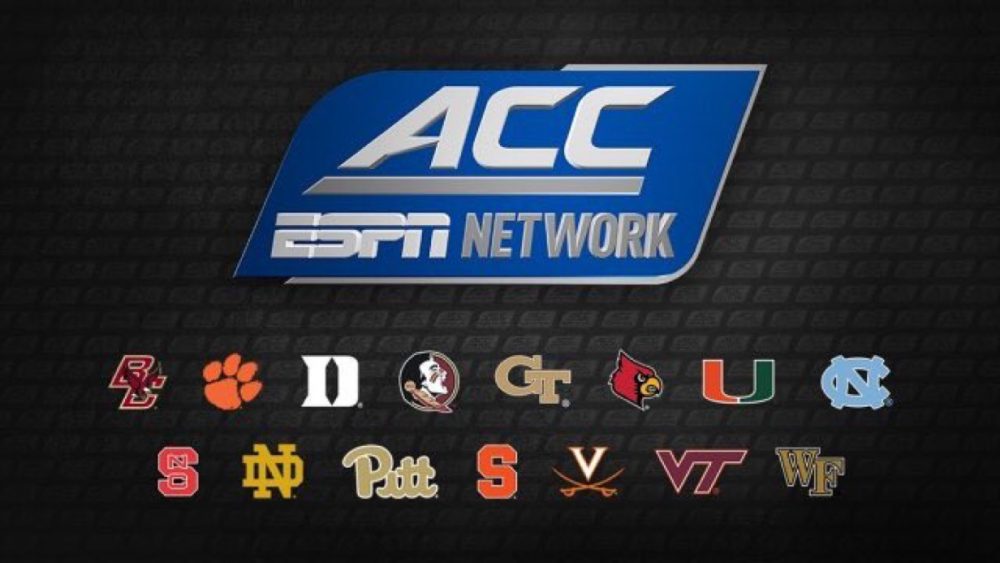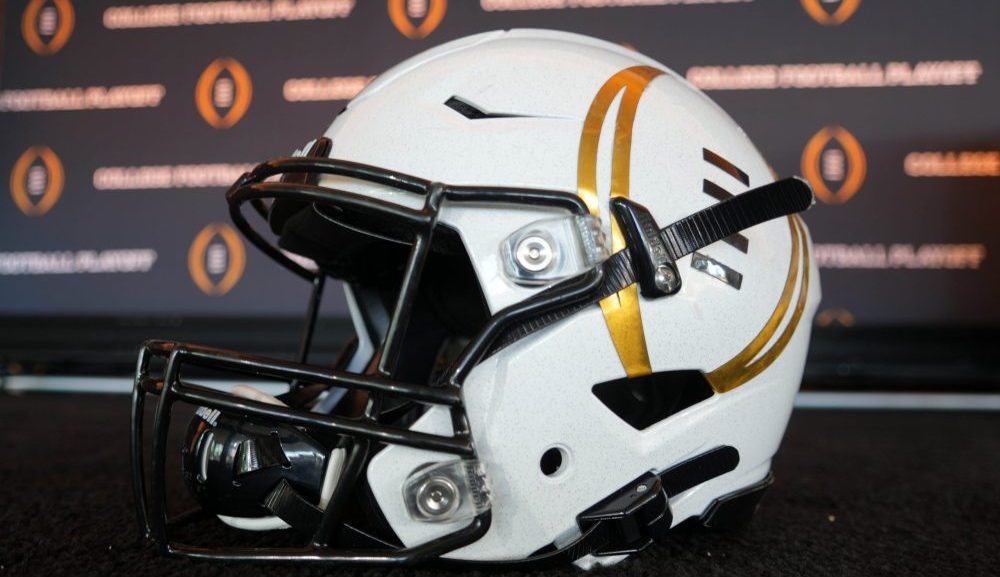The college sports arms race has a whole lot to do with TV money, which is much of what gives the”Power Five” their status. Money lets schools land top coaches, hire more assistants, strength coaches and so on, improve facilities to attract recruits, and schedule favorable games, and while individual schools’ ticket sales, donations, sponsorships and so on matter, the per-school distribution from conferences (which is largely about TV revenue) is essential. The Big Ten and SEC seem to be pulling away from the rest of the Power Five there, and the ACC has been lagging, thanks partly to not having a linear conference network at this point.
But with the ACC Network scheduled to launch on linear TV next year, it seems like that will change, as Luke DeCock of the Raleigh News & Observer writes:
The ACC continues to be fifth among the Power 5 conferences in per-school revenue, which makes the potential success of the network somewhat of an all-or-nothing proposition for the conference.
…It’s going to be almost impossible for the ACC to close the gap on the SEC and Big Ten, both of which had a considerable head start on their own (profitable) networks, but the ACC is counting on network revenue – which even in its least optimistic projections should be at least $10 million per school per year, once the network is up and running – to move it past the Pac-12 and even with the Big 12.
…The ACC distributed an average of $26.6 million per school in 2017, with total revenue up 12 percent and Notre Dame receiving a fraction of that. The Pac-12 was at $31.5 million in its most recent financial statements, the Big 12 at an estimated $40 million (its official figure of $36.5 million doesn’t include some tertiary media rights, including Texas’ Longhorn Network) and the SEC at $40.9 million, while the Big Ten is expected to exceed $50 million.
It’s remarkable that the ACC could shoot past the Pac-12 under even the most conservative internal projections. As DeCock notes, the gap may be a little less than the stated $4.9 million in any case thanks to differing accounting methods (he writes that the ACC doesn’t include the estimated $1 million per school it reimburses in conference championship expenses in this per-school distribution figure, while others do), but $10 million per school per year not only sends the ACC well past the Pac-12, it moves it closer to the Big 12 and the SEC. And that’s a conservative estimate; some have projected this could go as high as $15 million per school per year.
Of course, there are still a lot of ifs here. This depends on the network successfully launching, and on it garnering good carriage, decent viewership, and decent ad dollars (the latter two are a lot less important than the first, though; conference networks and regional sports networks really rely on the per-subscriber fee more than if people are actually watching, but you do need some people to be watching to maintain good carriage). And we don’t know how long their projection for “up and running” is, and what the revenues will look like before that. And 2019 is not the easiest time to launch a linear TV network. But this network has already gained some distribution, helped by ESPN’s leverage with other channels (including with NY-area provider Altice, likely boosted by the College GameDay in Times Square stunt during negotiations). And it’s particularly remarkable that it might be in a stronger place than the Pac-12 Networks despite launching seven years later.
The Pac-12’s per-school distribution isn’t all about the conference network, of course. Some of it has to do with their other TV deals with ESPN and Fox, and about some of the other challenges those schools face in terms of time zone, fanbase size and passion, and so on. But the conference network is a big part of it, and outgoing president Lydia Murphy-Stephans said last year its distributions were nowhere close to the Big Ten Network or the SEC Network. And she said that had never been promised, contrary to what some ADs said. But what’s really interesting from separate 2017 comments from Pac-12 ADs is that the networks hadn’t even hit goals that look relatively modest compared to other conference networks:
Utah athletic director Chris Hill is on record as one AD who is disappointed with the Pac-12 Networks. He told the San Francisco Chronicle, “we expected more.”
Washington State AD Bill Moos said the payouts have increased each year and he was expecting them to be in the range of “$5 million to $6 million when we were launching,” but that has yet to happen.
So, the Pac-12 Networks hadn’t yet reached $5 million per school by 2017, five years after launch. And the ACC Network’s forecasting at least double that by the time it gets “up and running.” Maybe that’s an overoptimistic projection, but if it isn’t, that would put the ACC in a nice place relative to the Pac-12, at least on the network side. Of course, it should be noted that the Pac-12 schools still own their network too, so there’s equity value there, but the ACC’s strategy of teaming up with ESPN for a network instead of starting their own sure is looking pretty good right about now.







